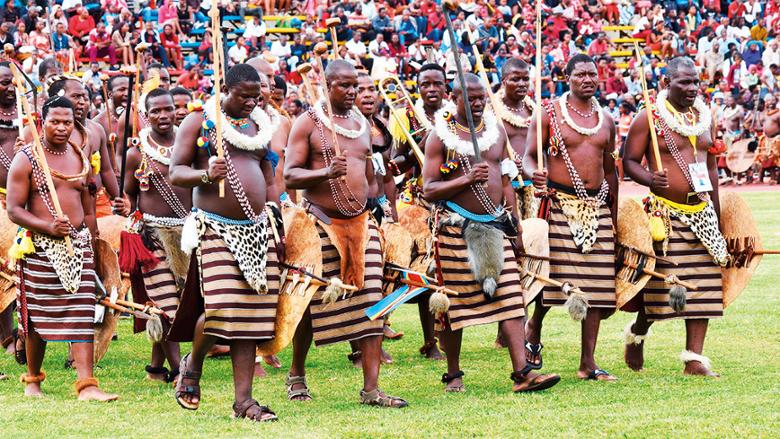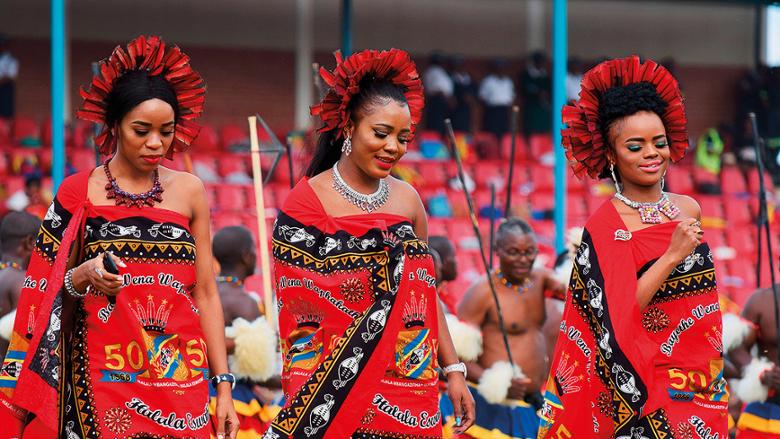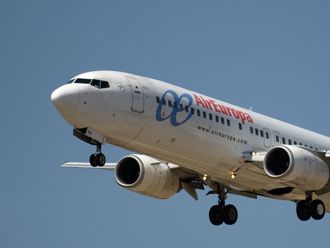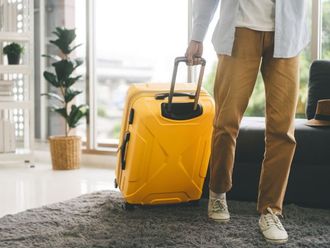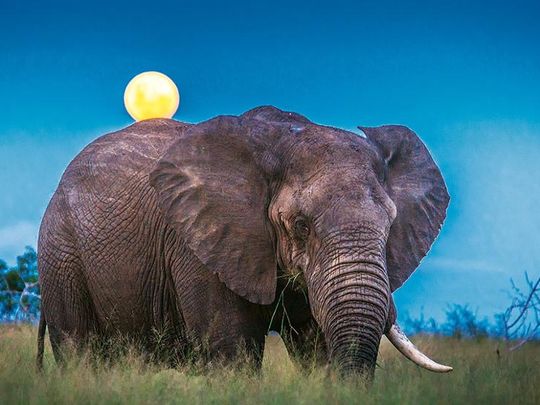
We were minutes into the drive when the first rhino appeared, its hide glistening with wet mud. I watched in silence as it paused a few feet away and, fixing our group with defiant, raisin-like eyes, pooed copiously in our path before meandering back into the bush.
Such up-close safari encounters became commonplace during my time in Eswatini (known as Swaziland until April this year). At just 17,360 sq km, the country could fit inside South Africa’s Kruger national park with room to spare. Yet this tiny, landlocked kingdom, bordering eastern South Africa on three sides and the southern tip of Mozambique on another, rivals that behemoth when it comes to wildlife experiences.
On September 6, Eswatini marked 50 years of independence from British rule with a national holiday and celebrations in the capital, Lobamba, plus smaller street parties and events across the country. It echoed the festivities that kicked off the year’s proceedings in April, an exuberant affair. King Mswati III watched over a double celebration (it was his birthday, too) in the second city, Manzini, with entertainment including the leg-kicking Sibhaca warrior dance by fur-clad performers.
The biggest cheer of the day, though, was reserved for the announcement of the return to the country’s pre-colonial name, Eswatini.
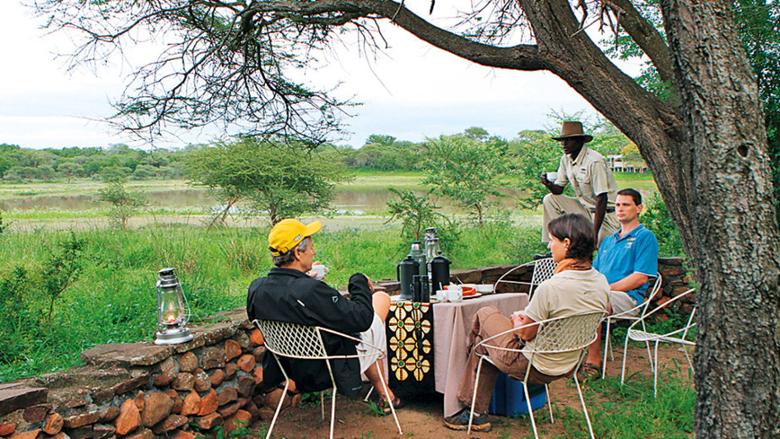
This fierce national pride is at least partly explained by the country’s natural beauty, of three main types: the mountainous Highveld, the dry savannah of the Middleveld, and the Lowveld bushland, where the wildlife parks are. It has the big five of lion, leopard, rhino, elephant and buffalo. It also has relatively few tourists, so safaris here feel intimate and exclusive – and are very good value.
Read: A backpacker’s guide to Ethiopia
At Hlane national park – a former royal hunting ground protected since 1967 as part of a conservation effort by the late King Sobhuza II – accommodation in traditional rondavel huts starts at about Dh120 a night. And this isn’t exactly roughing it. The putty-coloured, circular huts have hot showers and comfy beds. There’s no electricity – the only light comes from paraffin lamps – but that’s part of the charm. Add Egyptian cotton sheets and posh soap and they could probably call it ‘rustic chic’ – and multiply the price by 10.
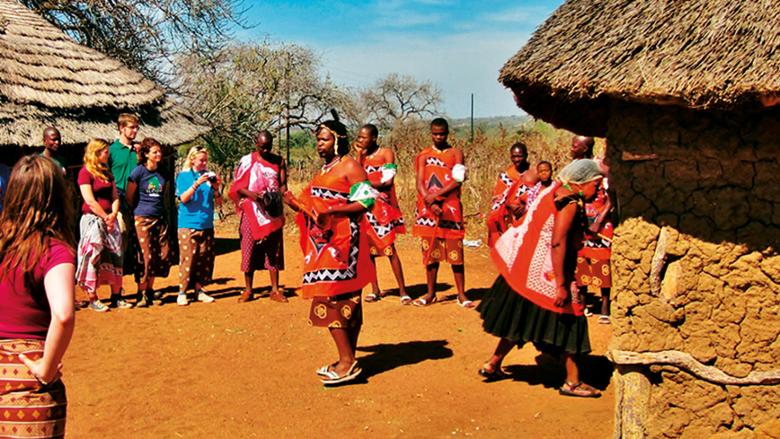
My sunset safari drive was another bargain, at about Dh97. We passed just one other vehicle during the three-hour tour. Aside from the occasional whisper from our group, the only sounds were the vibrating wings of cicadas, the chatter of a mockingbird, and telltale rustles that suggested we might be about to see another magnificent creature.
We drove past thorn bushes and skeletal leadwood trees, silhouetted against a satsuma-hued sky. A hippo’s flaring nostrils, beady eyes and hairy ears bobbed menacingly in a water hole.
Read: Kathmandu, the gateway to the Himalayas, offers a magical mix of chaos and beauty
In another section of the park, we stopped to watch a pride of lions, the males tumbling and tussling in the grass. A female glanced over with serene yellow eyes, aware of our presence but seemingly unconcerned. As we headed back to camp, a pair of elephants veered in front of the jeep, providing a final highlight just as the sky deepened into an inky, navy blue.
An hour’s drive to the south of Hlane, Mkhaya game reserve is considered one of the best places to see the armoured giants, with a population of both white and black rhino (the latter are smaller, shier, and harder to spot). I opted to stay overnight in one of a dozen stone huts on the reserve for about Dh580pp, including dinner, breakfast and safaris — a steal compared with similar camps elsewhere in Africa.
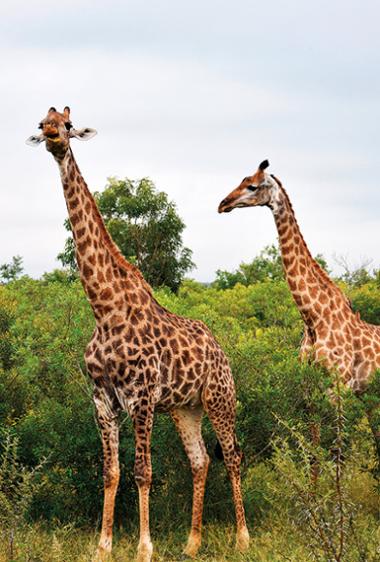
There’s no electricity, no wifi, and no walls. With only a mosquito net and a whistle for protection, I fell asleep to an orchestra of rutting impalas, shrieking bush babies and howling hyenas. The combination was surprisingly soothing, as was the wake-up call of a tinkling bell, with coffee and pineapple cake.
I dressed in the dark before hopping on a jeep for a sunrise safari. Zebra, warthogs and eland antelopes were up early, too, along with a white rhino and calf, whose stubby legs were just visible through the long grass. We parked by a tower of giraffes and, a little further on, our guide Bongani cut the engine. ‘Come,’ he whispered, gesturing for us to climb out of the car.
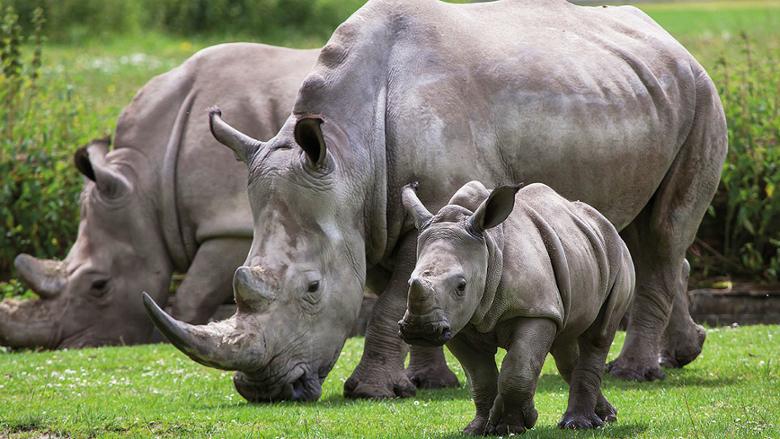
We stalked through thick thorn bush, every snap of a twig echoing like a firecracker. Reaching a clearing, Bongani stopped and held a finger to his lips. Dozing in the red soil just a few feet in front of us was a male white rhino. The creature watched through one half-open eye as we crouched to take photos and peer at the lace-like wrinkles and marble patterns on his skin. He was almost within touching distance. Not for the first time during my stay in this strange, beautiful country, I had to remind myself to breathe.
TRAVEL INFO
The trip was provided by the Eswatini tourist board. Accommodation and safaris at both Hlane and Mkhaya can be booked via biggameparks.org . Fly South African Airways from Dubai to Johannesburg from about Dh3,200 return; it is then a 31/2-hour drive to Eswatini.
Guardian News & Media Ltd, 2018


